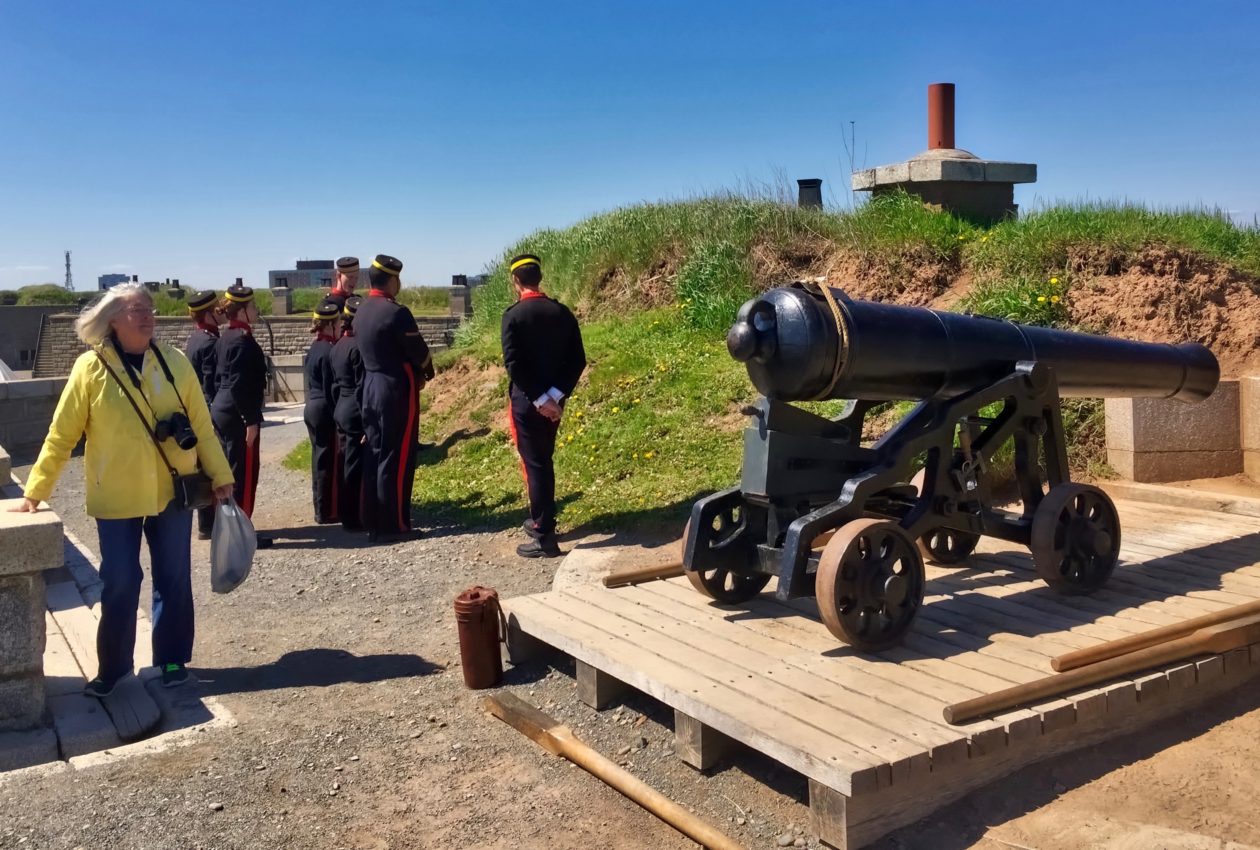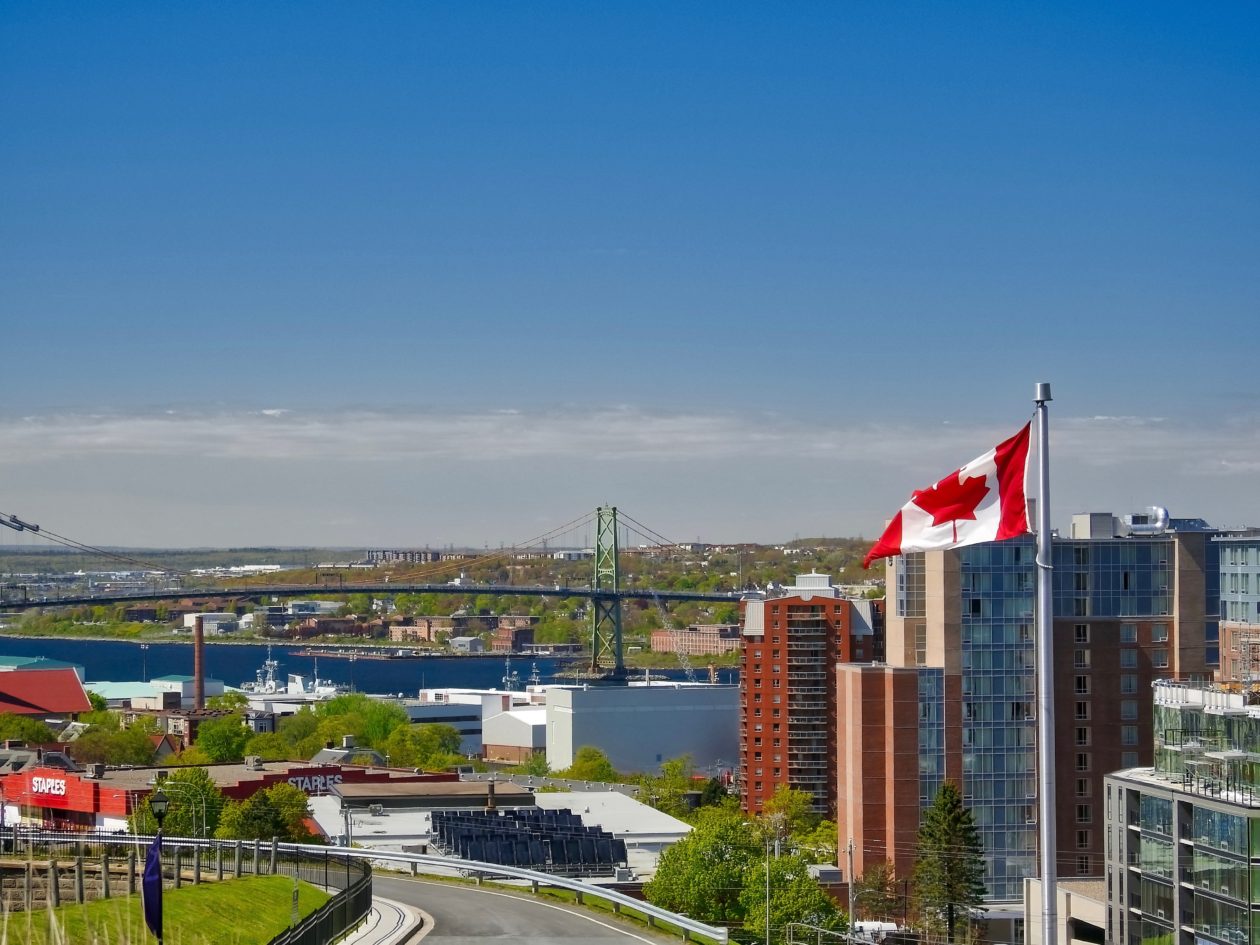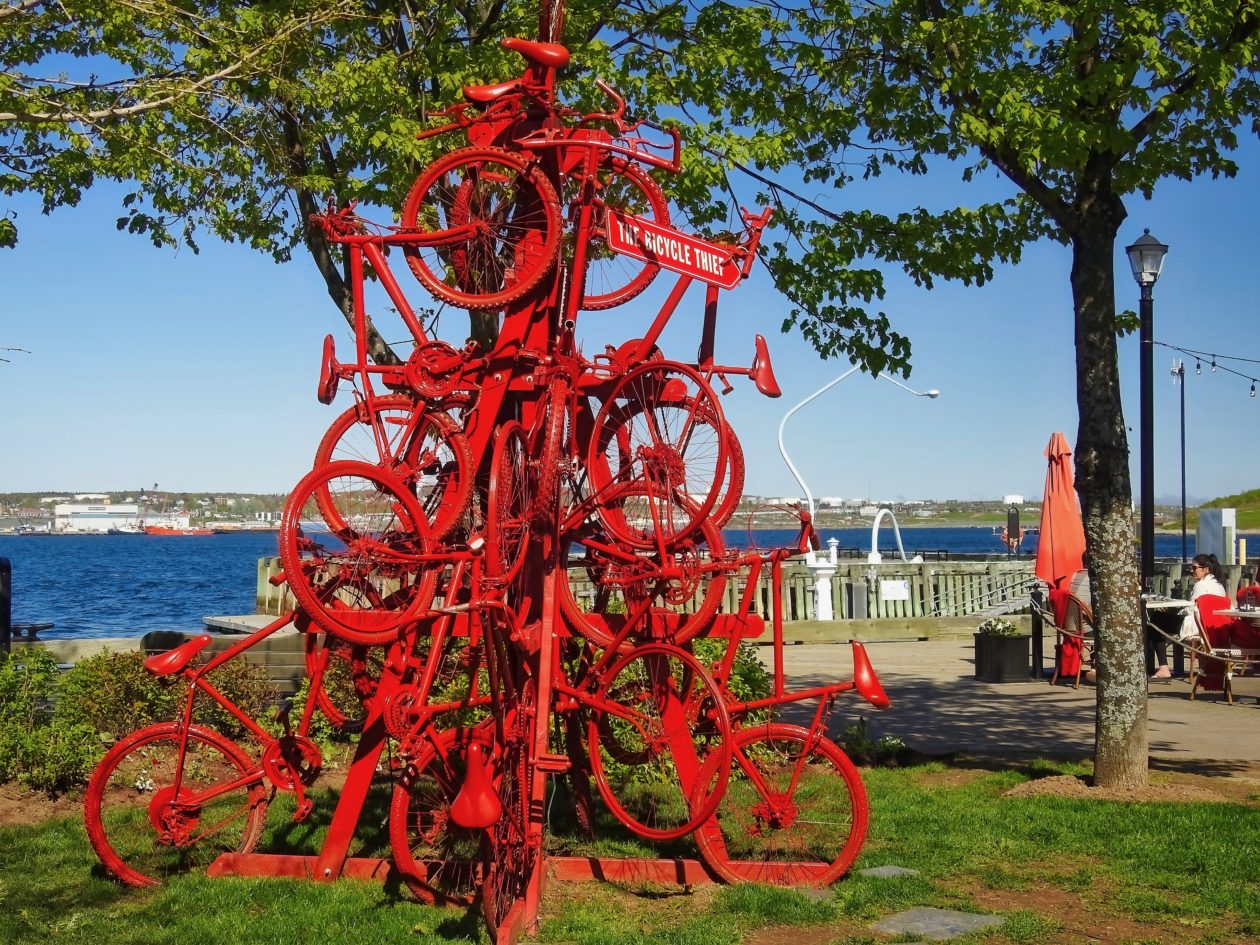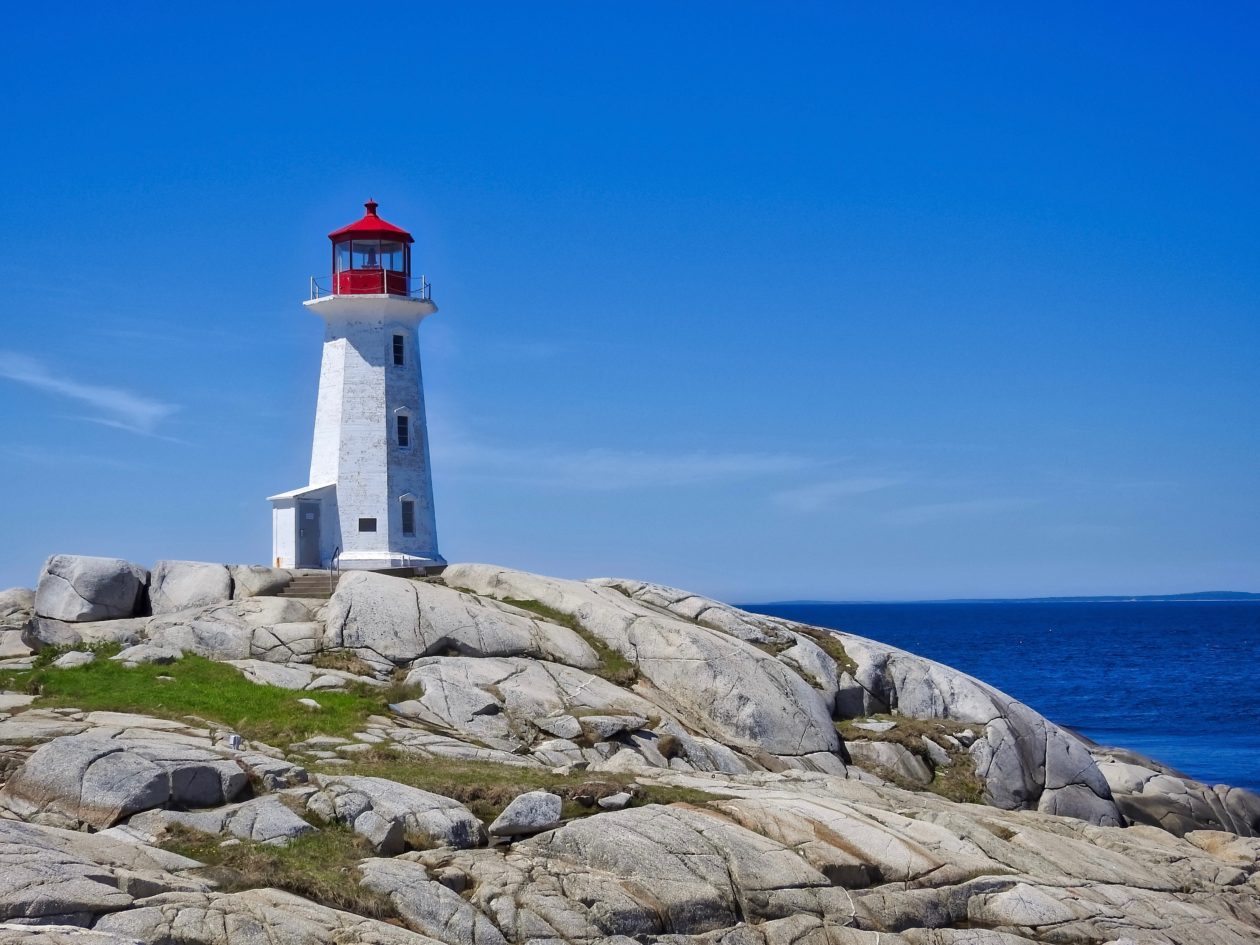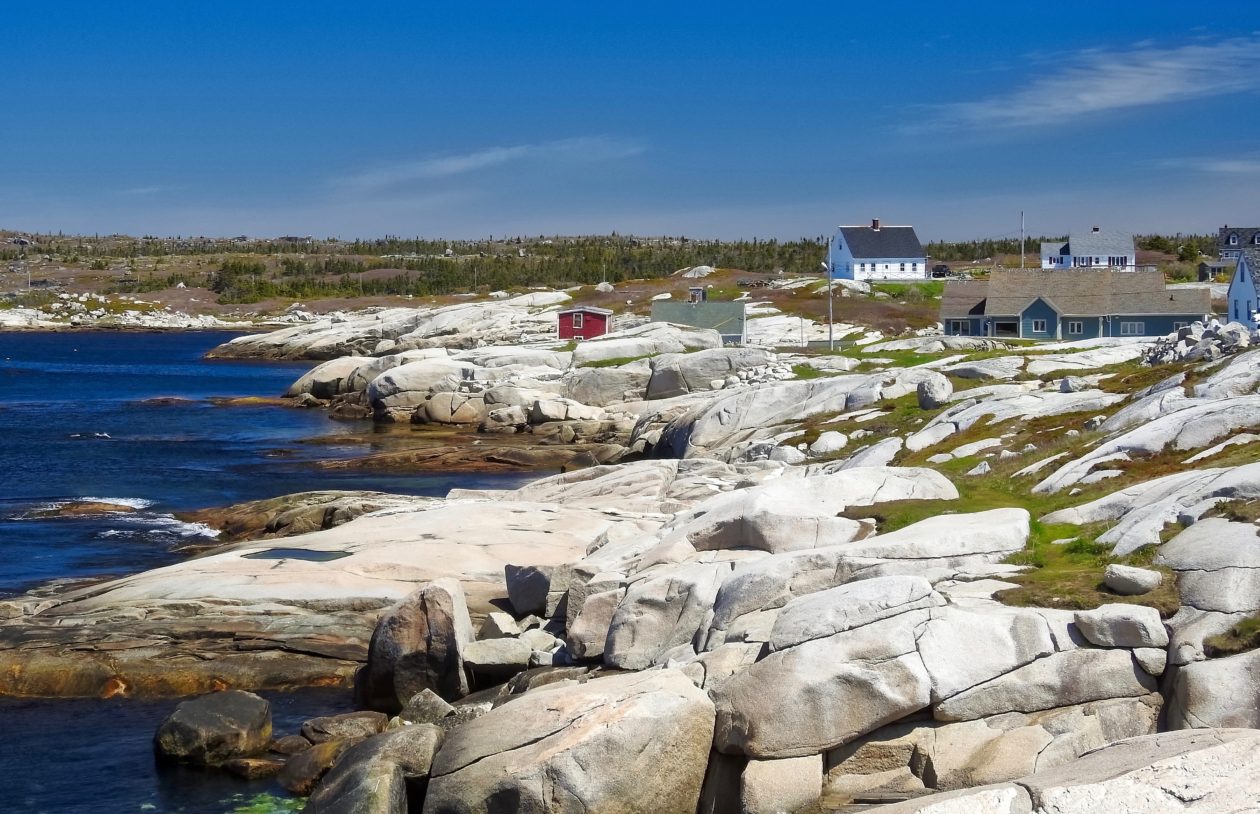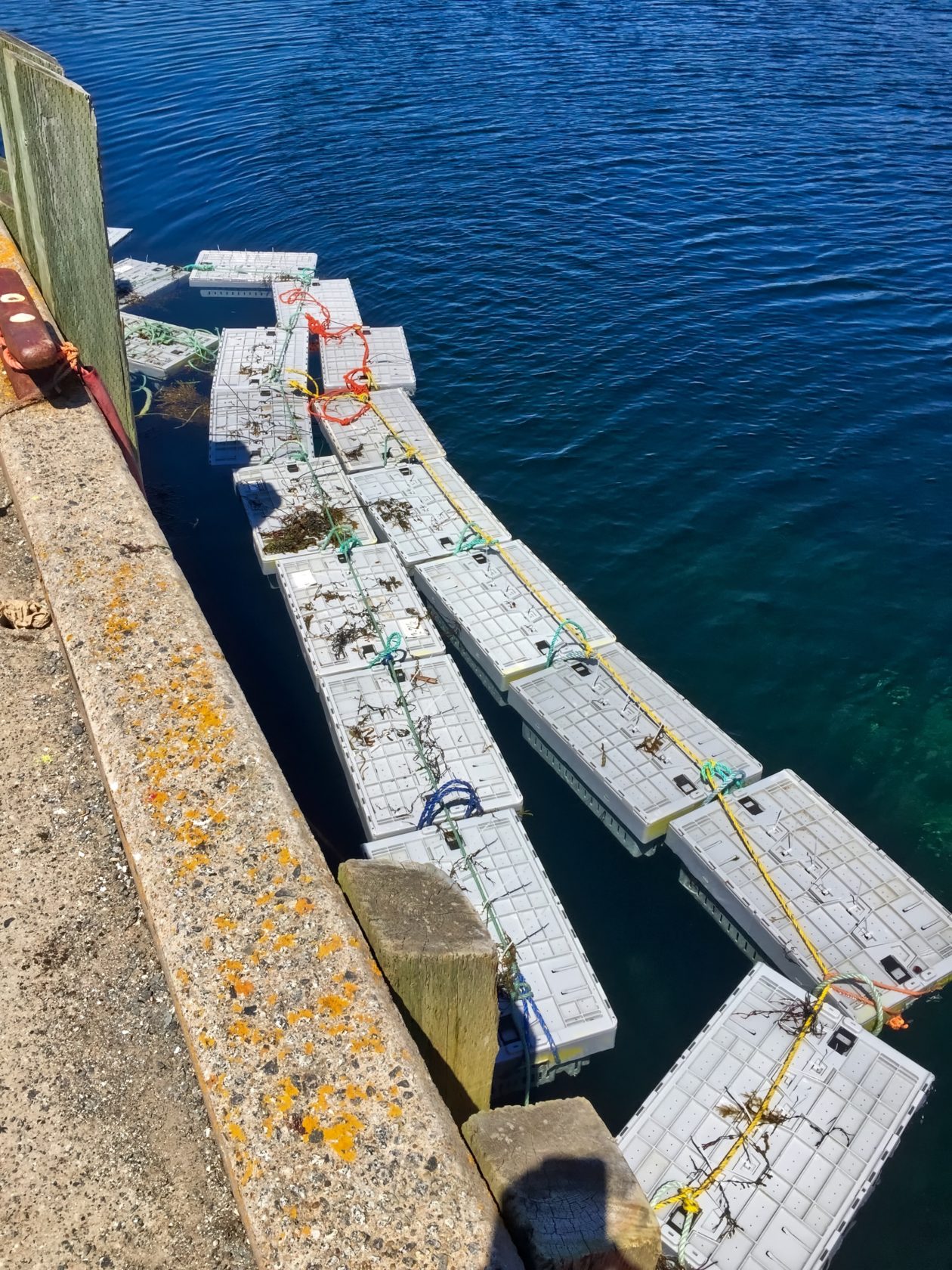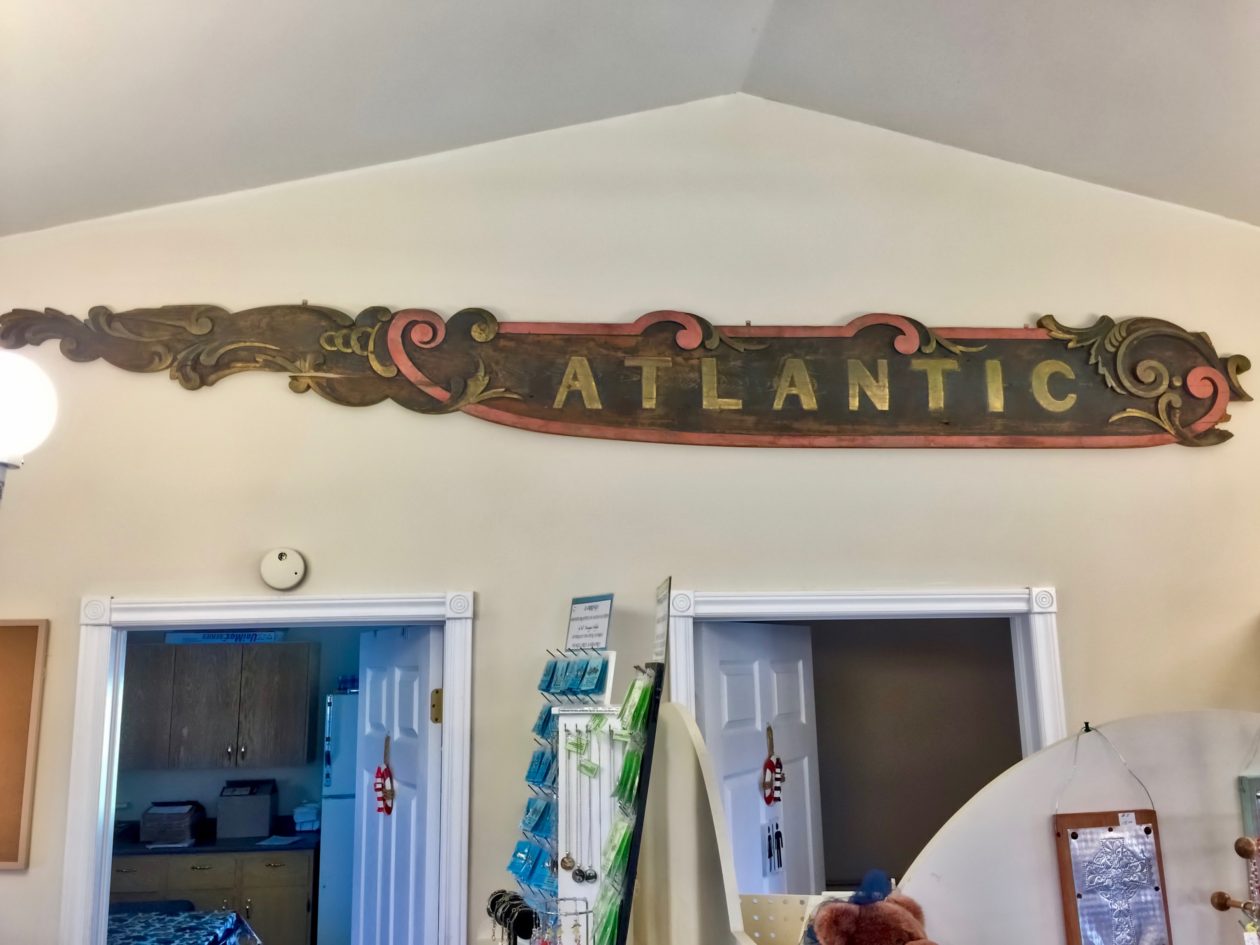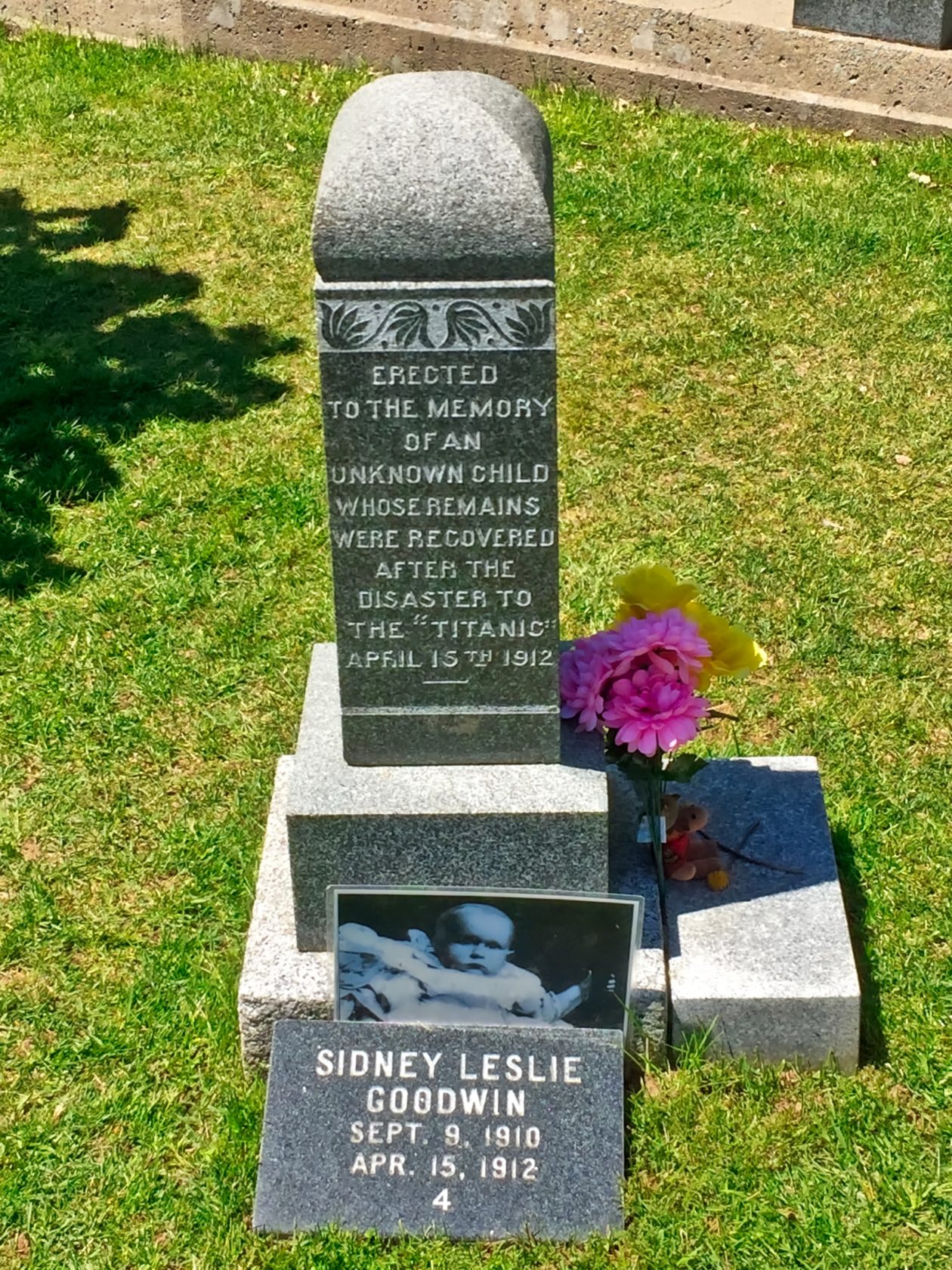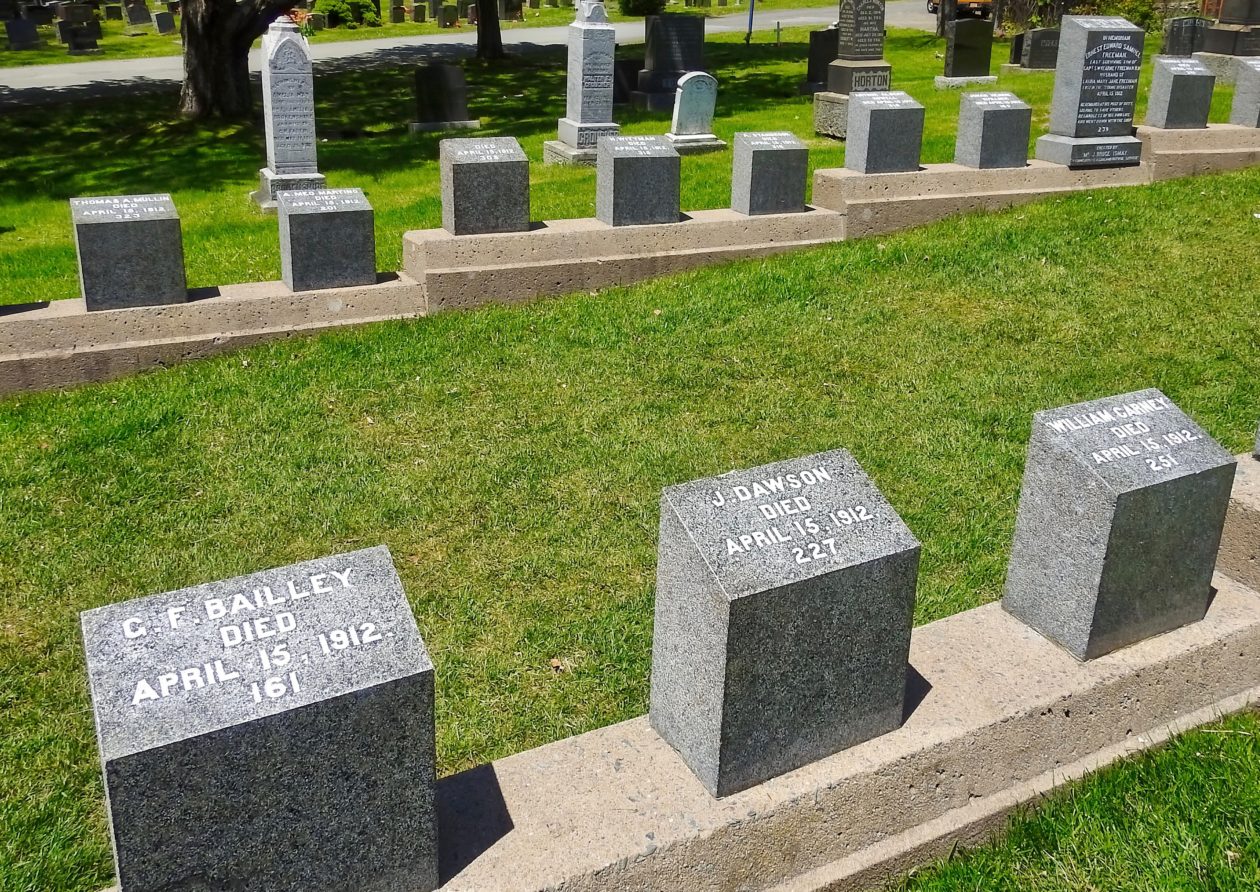After our overnight train trip from Quebec City (which was quite fun), we arrived in Halifax. It was the first time for both Deb and I, so we really had no idea what to expect. It is actually a lovely city that, from the amount of development we saw occurring, must be doing quite well. With a number of colleges and universities, it is also quite a young city. It also routinely ranks in the tops in the top 3 “quality of life” cities in Canada. The city and the nearby coastline are all very picturesque.

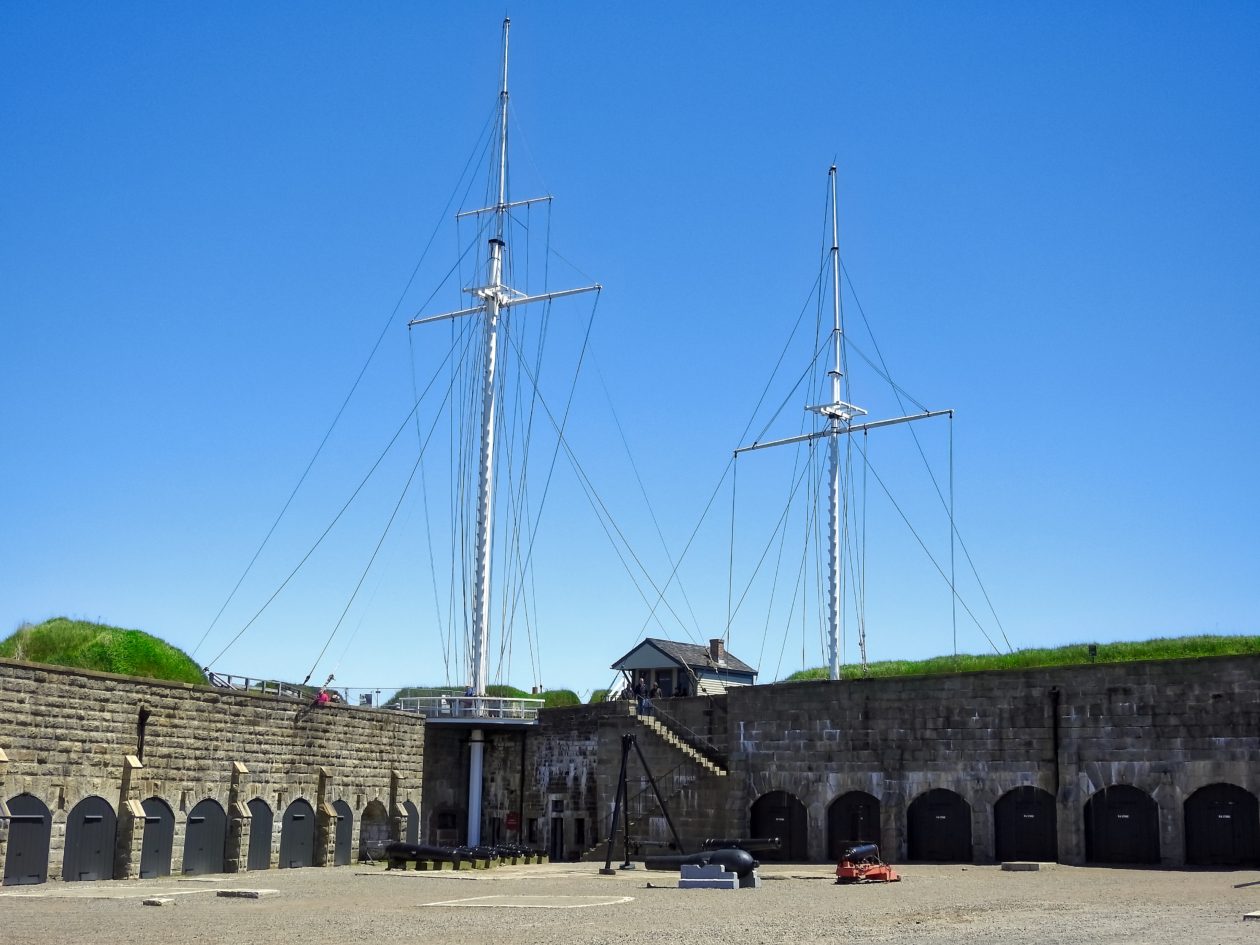
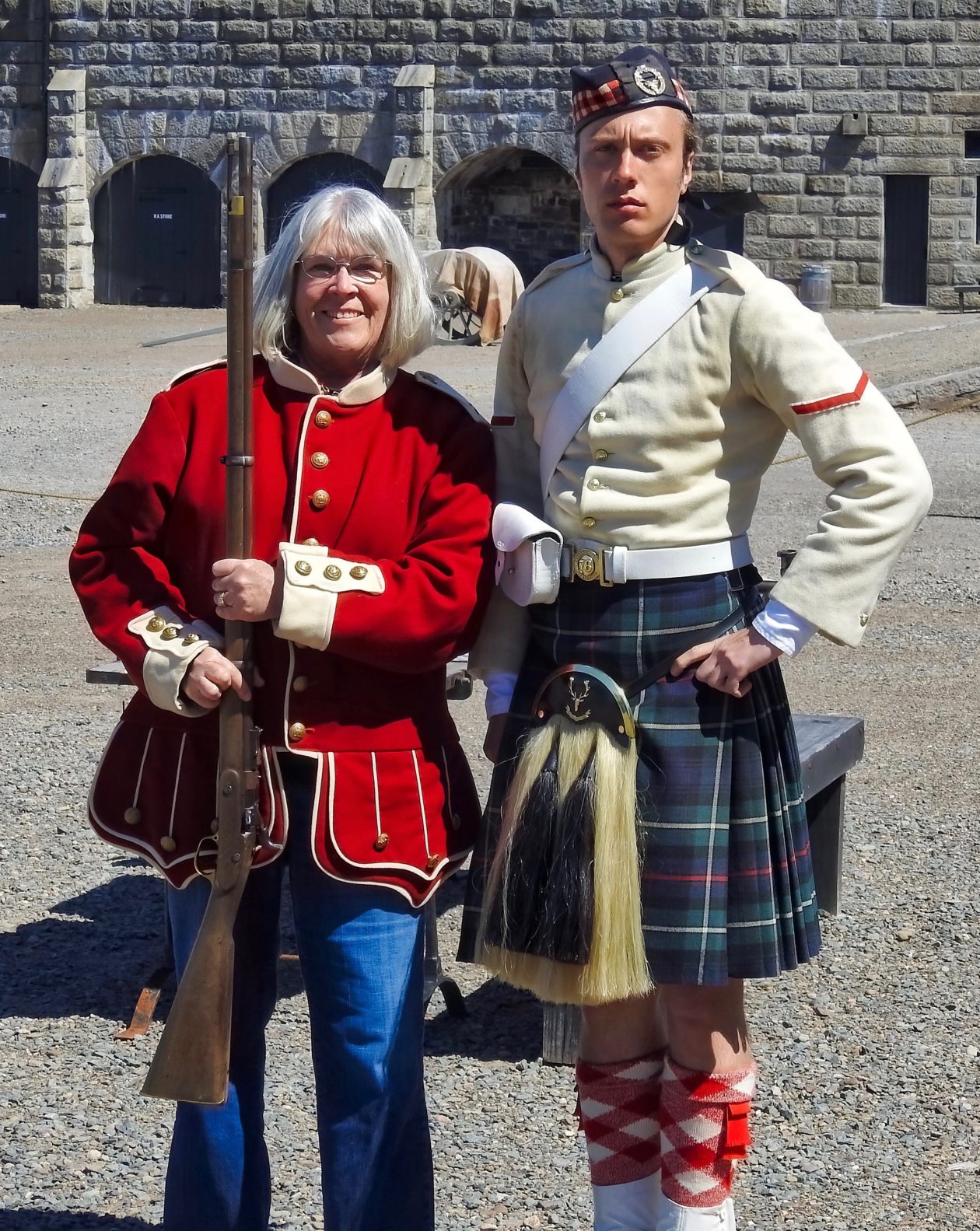
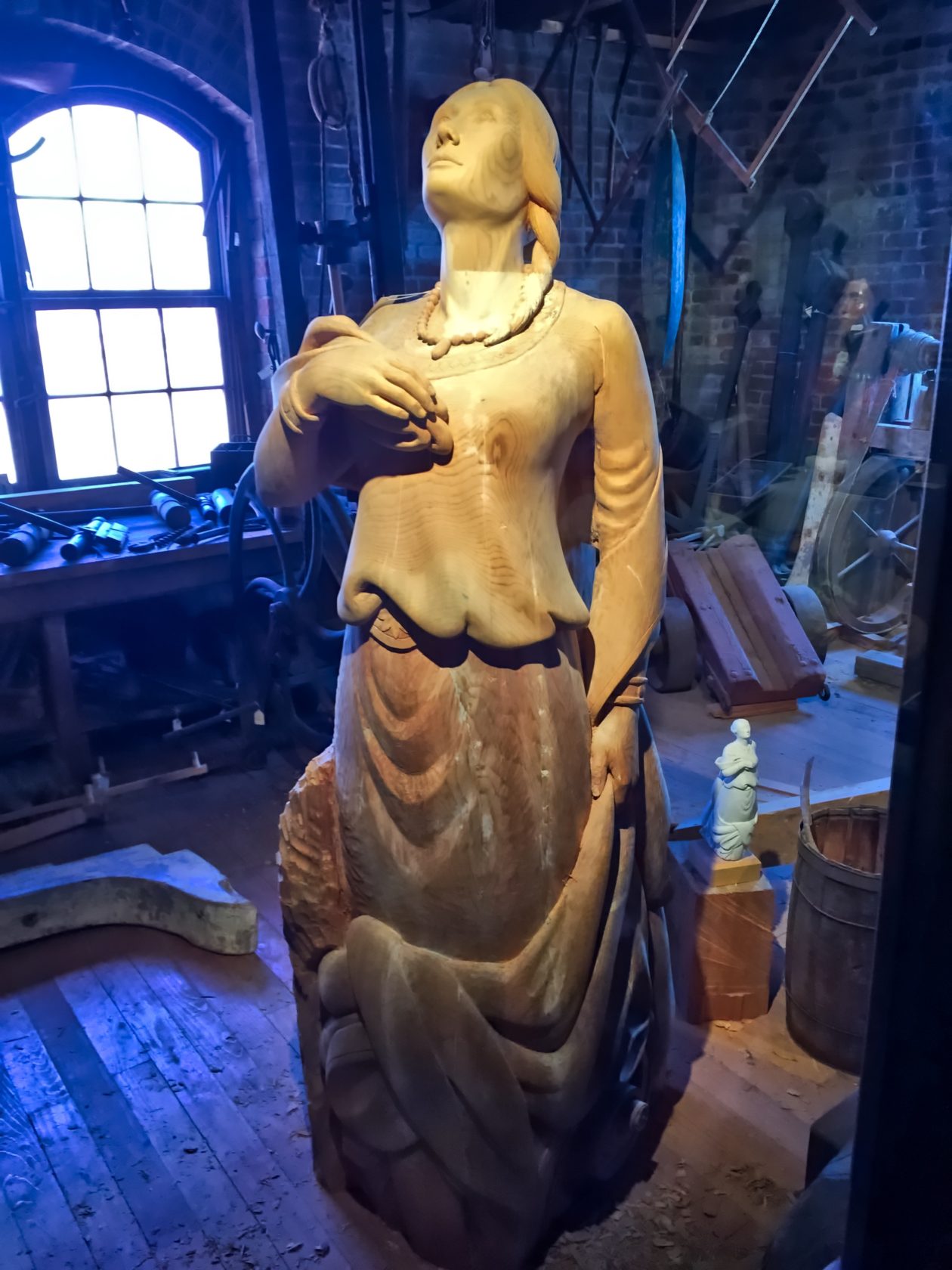
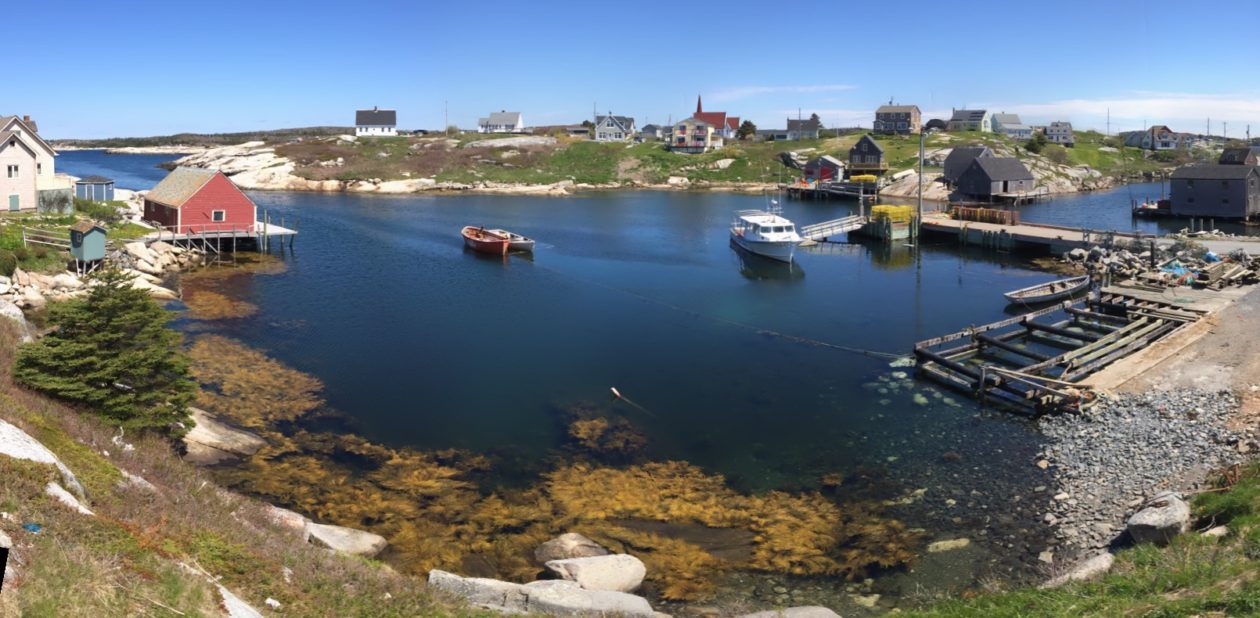
But the thing that struck me most about Halifax is the amount of tragedy that they have witnessed or experienced. The people of Nova Scotia lived with almost continual war for nearly 200 years as France and Britain fought for control of North America, with this area serving as their base. But beyond war, along the rugged coastline of Nova Scotia where storms can whip up suddenly and fiercely, there have been up to 25,.000 shipwrecks, many with tragic loss of life. The fishermen of Halifax and surrounding communities have been the ones who had to retrieve the bodies and bear witness to the suffering. But it hasn’t only been ship tragedies. Shortly outside of Halifax is where SwissAir flight 111 went down and once again, the locals were pressed into service. But in addition to witnessing tragedy, they have experienced it. In December 1917, a collision between a French cargo ship carrying munitions and a Belgian relief vessel in Halifax Harbor caused the largest explosion on record before the advent of nuclear weapons. The explosion leveled a good portion of the city, killing 2000 and injuring 9000. What is amazing, however, is that the city of Boston came through in a big way, providing significant aid to help Halifax rebuild (pat yourself on the back, Boston!).
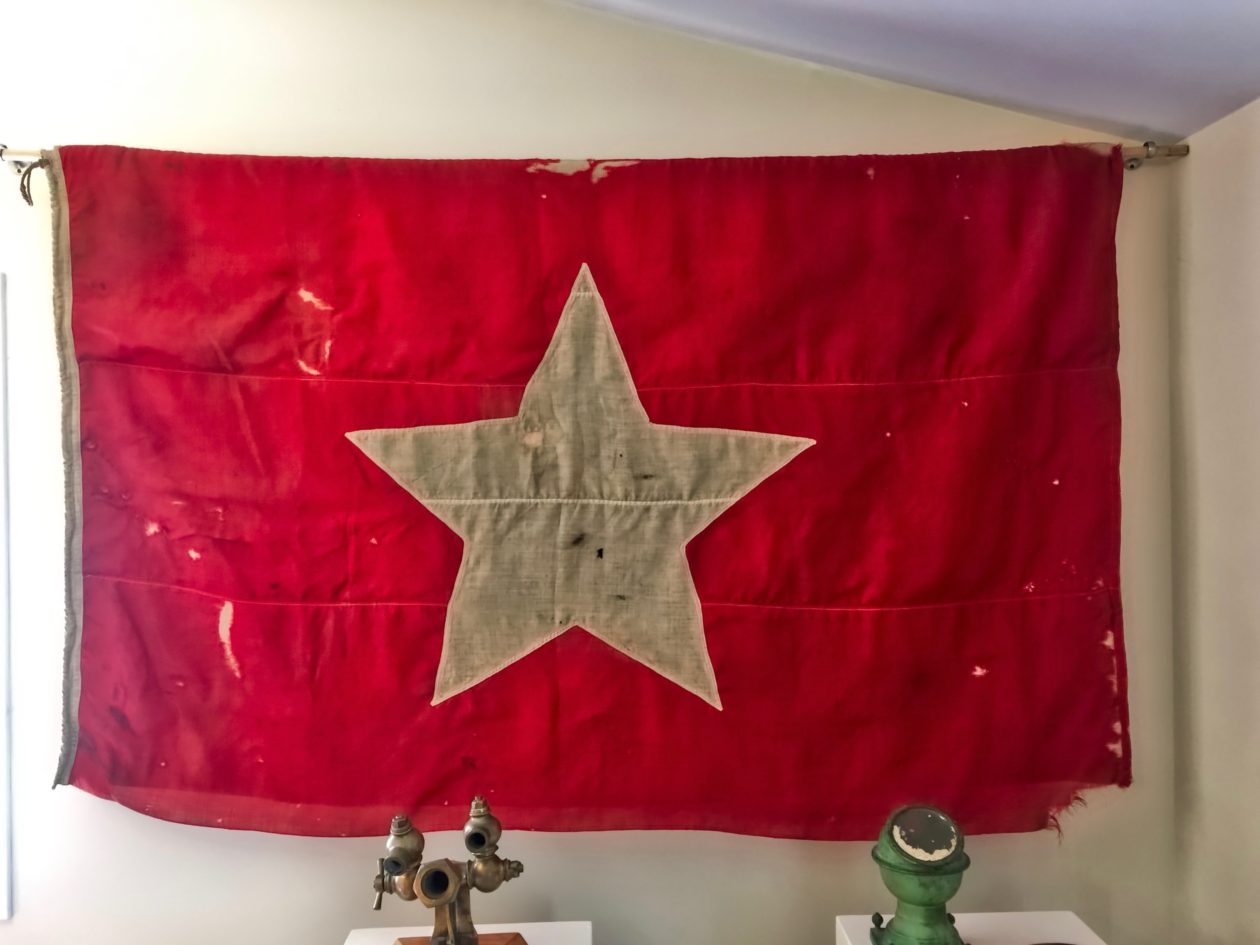
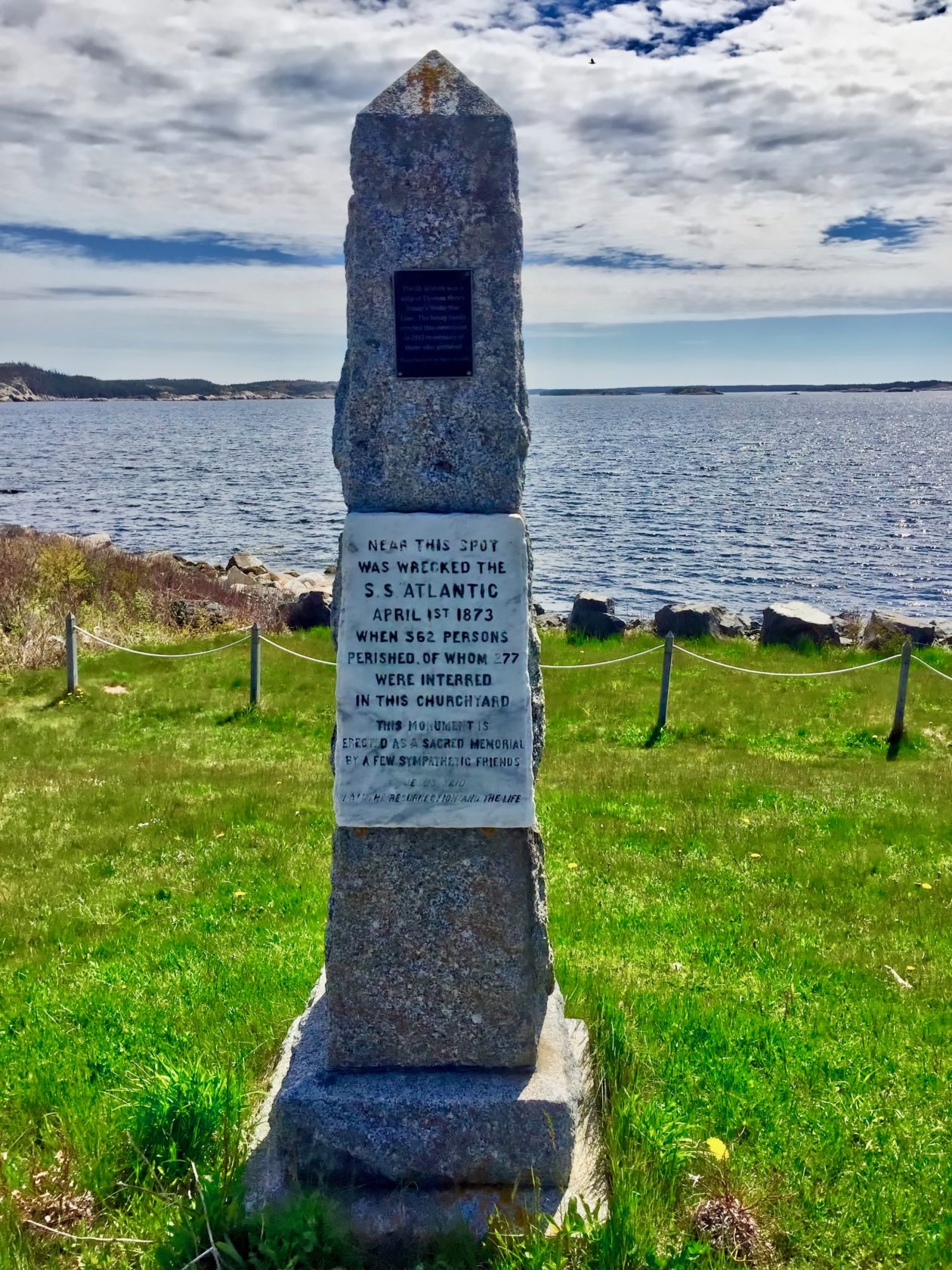
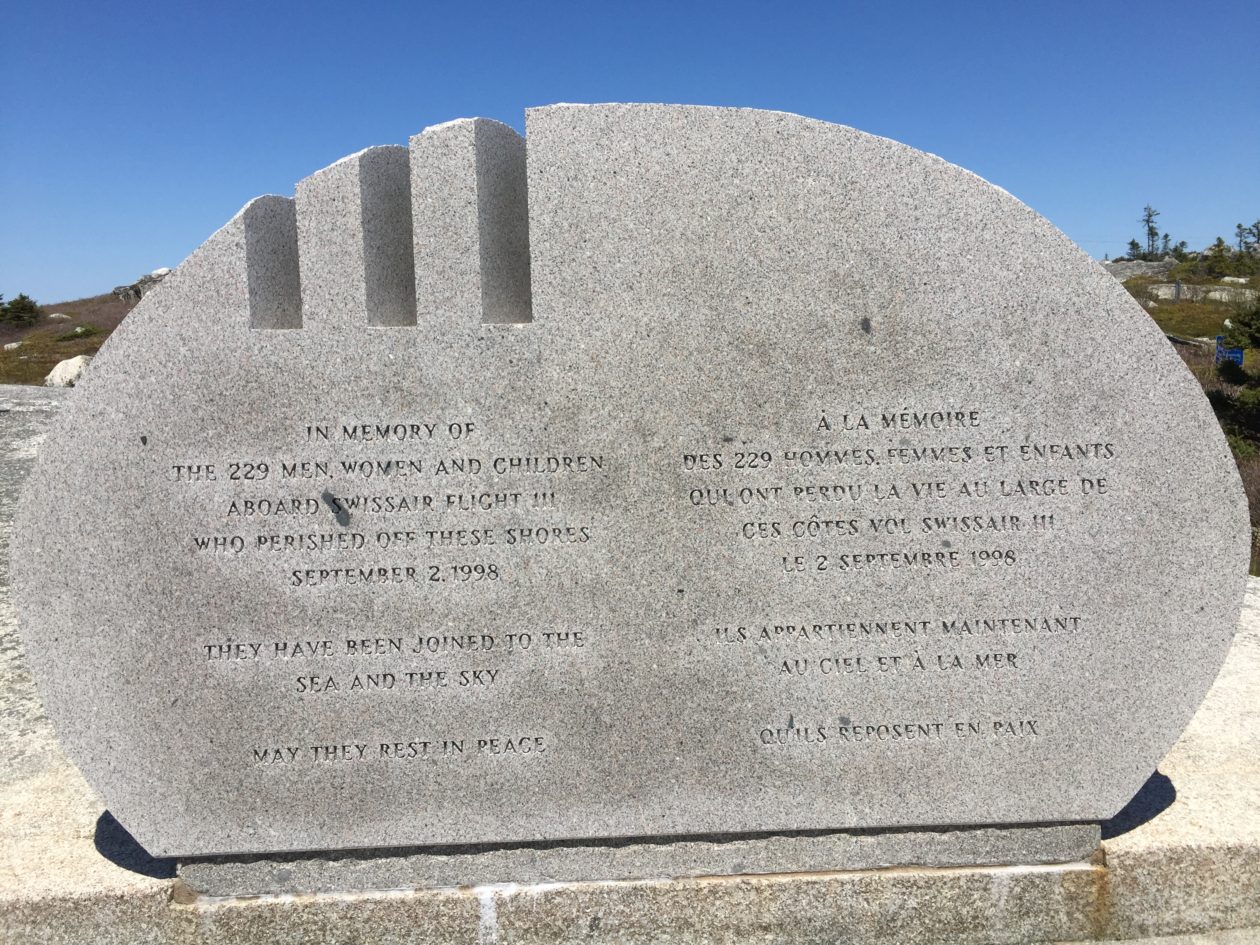
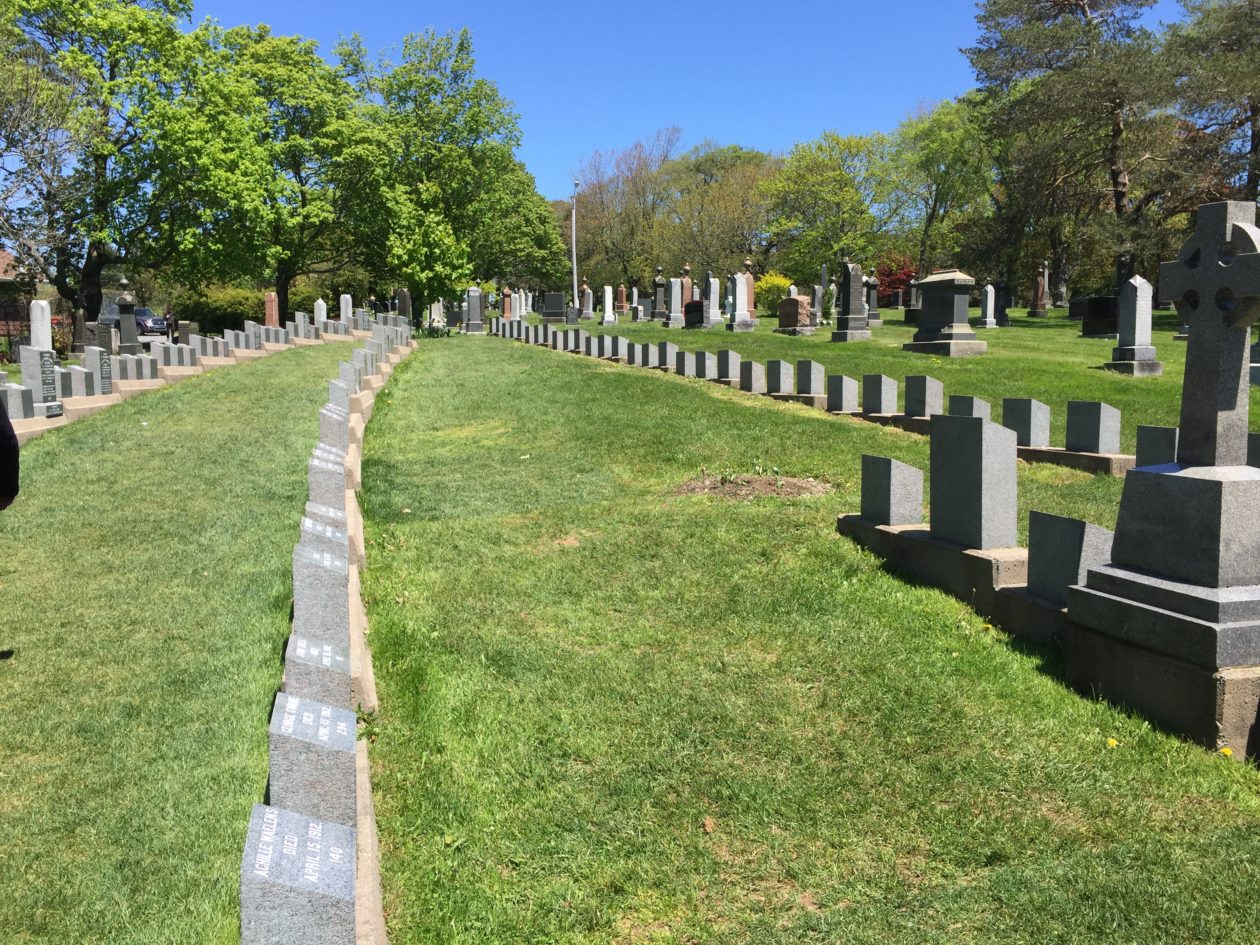
Anyway, we were definitely impressed with Halifax.
This entry was posted in Canada, Nova Scotia, Travel
